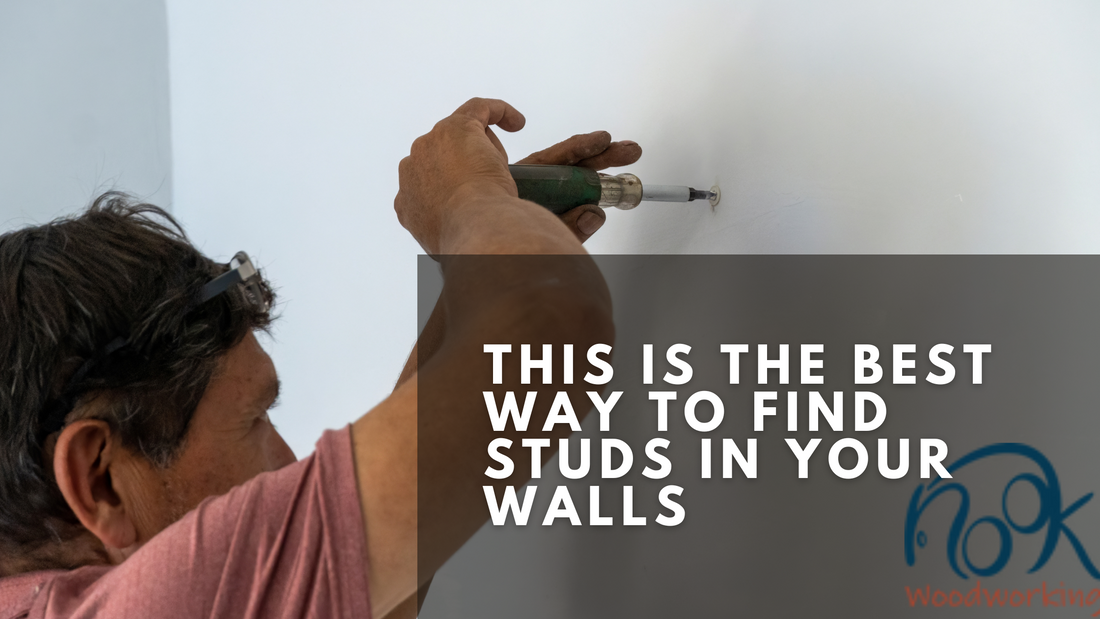When looking to hang a heavy duty floating shelf it is incredibly important to understand not just how to find the studs in a wall, but why your shelf should be mounted on wall studs in the first place. Because believe us, you do not want your floating shelf to fall out of your wall! Below, we break down four foolproof ways to locate wall studs, some of which no stud finder is needed. So read on, find out, and be sure to pick the best method for you!
Wait, What Are Wall Studs?

Wall studs are like the skeleton inside the walls of your house. They are vertical lines of timber (or sometimes metal) that are arranged equal distances apart. Picture it like the spine of a book – the part that keeps all the pages held together – and you've got an idea what wall studs look like inside a wall.
Now, why should you care about them, right? Well, let's say you've bought this really cool (but heavy) poster, or maybe you want to put up a floating shelf to display your trophies or favorite books. You can't just hammer a nail anywhere! If you hammer into just the sheetrock (that's the outside layer of the wall), over time, the weight can rip the nail right out, and down will come your stuff.
When you nail into a stud, though, you're securing your stuff into the structural support of the house. That means it's super strong – enough to hold that MTA Subway Realtime Clock or Heavy Duty Mahogany Floating Shelf.
What Is the Distance Between Studs In a Wall?
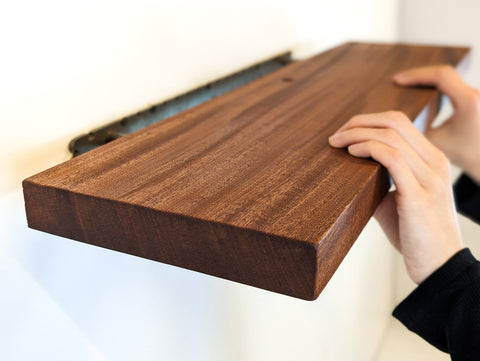
In the world of walls, the standard distance between studs in walls is typically 16 inches on center. This means that from the center of one stud to the center of the next, there's a sweet 16 inches of space.
It's important to remember that just because 16 inches is the standard space between studs that doesn't mean that it's the given distance. Some walls, especially walls in older homes or for specific architectural reasons, might rock up to 24-inches of spacing. So it’s important to know for sure how much space between studs there is in your home’s walls.
Will There Be Metal or Wood Studs Behind Every Type of Wall?
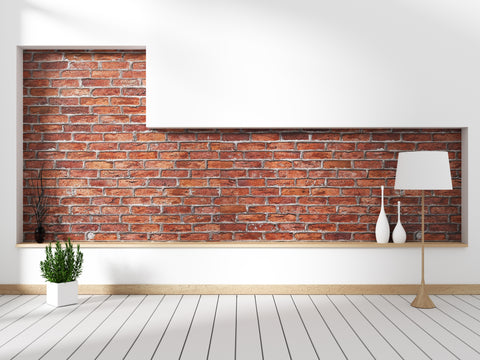
Not always! In fact, the stud situation gets a bit trickier when it comes to brick and concrete walls. Primarily because these walls are extremely tough and self-supporting and generally don't rely on studs for support like drywall or plaster walls do. And while more modern homes may have studs behind a brick façade older homes most certainly will not.
So what does that mean when you want to hang something up as you'd do on a studded wall? You might need a different game plan. Just hammering or drilling into brick or concrete can harm your wall (or your tools) and might not give the support you need for heavy items. Instead, you might use special masonry drill bits, wall plugs, and screws designed to make a secure fit in these harder materials.
What Are the Best Ways to Find Studs in a Wall?
Now that you know what types of walls to look out for studs in, how studs work, and how far between studs in a wall there usually is, let’s get down to business. Just how can you find studs in drywall?
Use a Stud Finder
Try the Knock Test
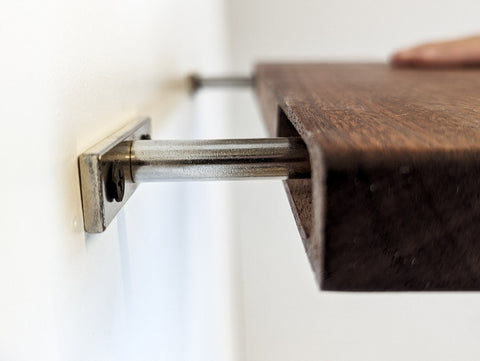
Looking for the best way to find studs without a stud finder? The Knock Test has you covered. You know how in mystery movies, the detective will knock on a wall to find a hidden doorway or secret safe? Well, the Knock test allows you to play detective.
- First, take your knuckles (or something small and hard like a key) and lightly tap on the wall.
- Start from an area where you know there’s a stud—like near a corner or where the wall intersects with another wall.
- As you move along the wall, you'll notice that the sound changes. When you're tapping over a stud, it'll sound solid and dull. Kind of like you're knocking on a classroom door to come in late. But when you're between studs, where it’s just hollow drywall or plaster, it’ll sound more hollow and echoey—like knocking on a giant empty cardboard box.
Just remember, standard studs are typically spaced 16 or 24 inches apart, so if you've found one, the next one is likely at one of these intervals away. Once you find the 'solid' sound again, you've probably located another stud!
Think Electric
- Spot the Outlet: First, locate an electrical outlet—this is your starting point.
- Guess Who’s Next Door: Outlets are typically attached to a stud's side. So, there’s a stud buddy either to the left or right of it.
- Tap for Treasure: Gently tap on the wall near the outlet. Solid sound? You’ve found your stud!
- Measure for More: Found one stud? Measure 16 to 24 inches away to likely find the next. They’re like predictable peas in a pod.
Now Go Out There And Hang Your Floating Shelves With Confidence
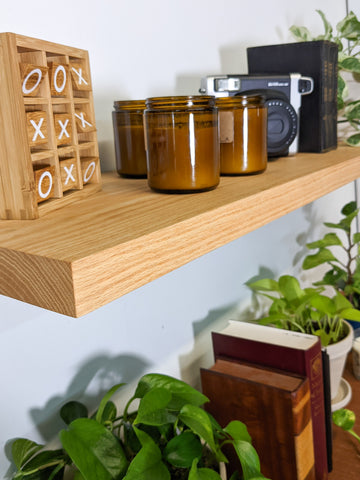
Now that you can easily find your wall studs there’s nothing stopping you from adorning your wall in fabulous floating shelf design. Whether your dreaming of a custom floating desk, multi-level floating bookcase, or more, NookWoodworking has you covered.
Shop our designs now!


